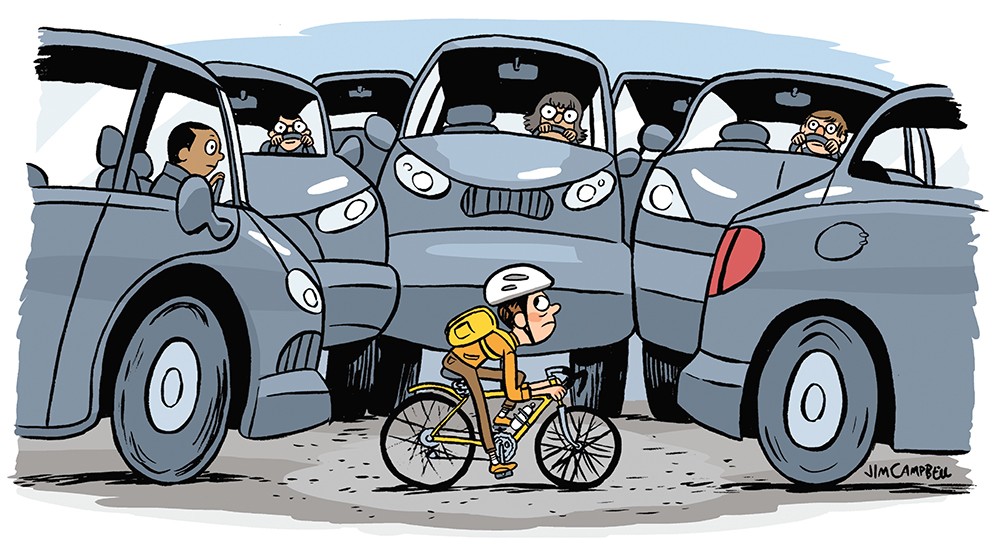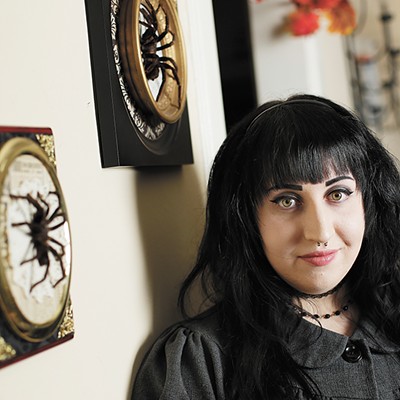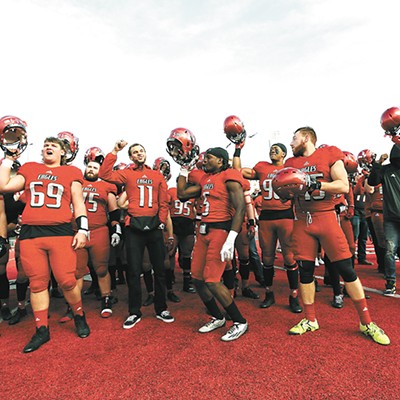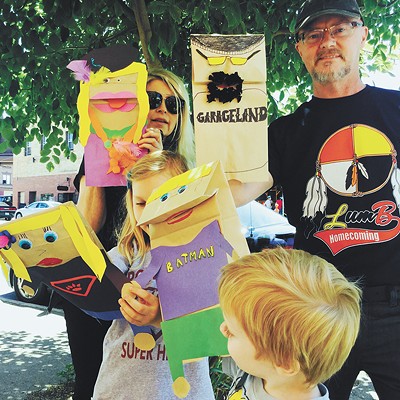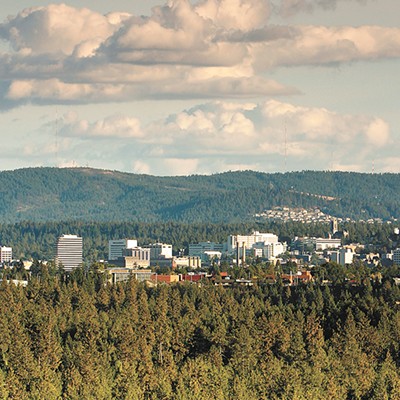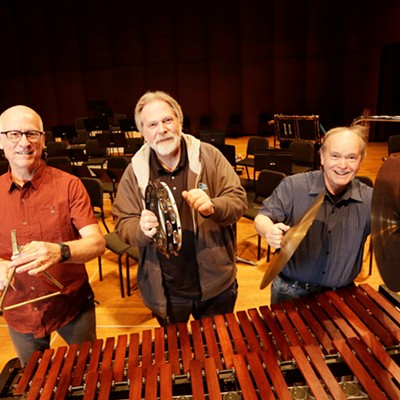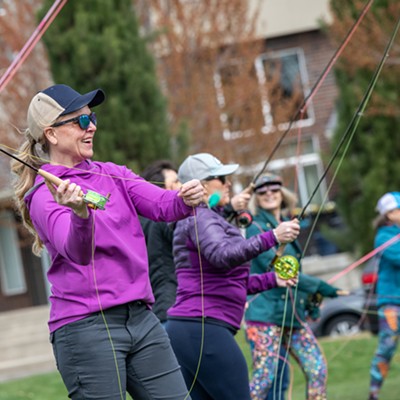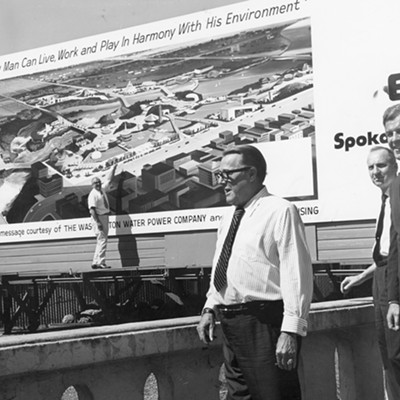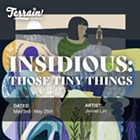It's been three weeks since it happened, and I still have blood marks on one of my notebooks and a spot in my chest that's sore from where I hit the pavement.
I've been riding my bike in urban environments since 2003, swapping four wheels for two after getting fed up with paying for insurance, fed up with sitting in traffic and fed up with constantly having to stay sober so I could give rides to obnoxious drunk people. I purchased a car again in 2011, but I still ride my bike as much as I can. I like the exercise. I like gliding through rush hour traffic, passing cars that miserably inch along. I like the view of the city you'd never get from the blur of a car window.
But maybe most of all, I like how bikes aren't a mode of transportation with so much potential for violence, at least not in the same ways cars are. I was reminded of that reality earlier this month when a woman from Spokane Valley driving a Toyota Camry blew a red light and hit me on my bike.
I've had close calls before, and I've been in a couple of accidents. (None of them were my fault.) In these situations there's always a split second where the gravity of what's happening crowds out all other thoughts, with the terrible realization that you are going to get hit. In your next thought (if there's time for that) you might wonder how bad it'll be.
After having this second thought, I was on the hard pavement, waiting for my body to cry out in pain. Shaking as I got up, I saw a light-blue car with its front end ripped open from the impact of the other car and fluids pouring from its newly exposed innards. Two women sat with their doors open, bawling. This awful scene — and even worse ones — potentially lurks in every intersection.
After riding my bike in a cities for more than a decade, I can count the number of accidents I've been in on one hand, because I've learned to spot distracted or careless drivers and anticipate their boneheaded moves. But someone running a red light is hard to anticipate.
I'm OK. I was just knocked down. I squeezed my brakes in time to avoid becoming a hood ornament, but many aren't as fortunate.
According to numbers from the Insurance Institute for Highway Safety, 165,340 people died in motor vehicle accidents between 2009 and 2013. That's just for five years, and just in this country. Millions of people have been killed (more than many wars) by others driving cars.
If you're on the fence about taking up biking, I would encourage you, despite my accident and all the boneheads on the road, to get off the fence and into the saddle of a bike. I've made countless trips on my bike in one piece, and the odds are you will too.
According to numbers from the Washington Traffic Safety Commission, there were nine serious injuries to bicyclists in Spokane County for the year 2012, making the odds of a bad scenario very small.
In recent years, there's been a trend toward making cities more pedestrian- and bike-friendly, and Spokane is no exception. More bikes on the road is supposed to mean that drivers will take notice, making things safer. I don't know what to do about drivers who run red lights, and I don't think anyone does.
We don't need to wade into the debate over the future design of cities here. My point is this: Cars are machines that kill. Remember this next time you drive one. And don't run red lights. ♦

